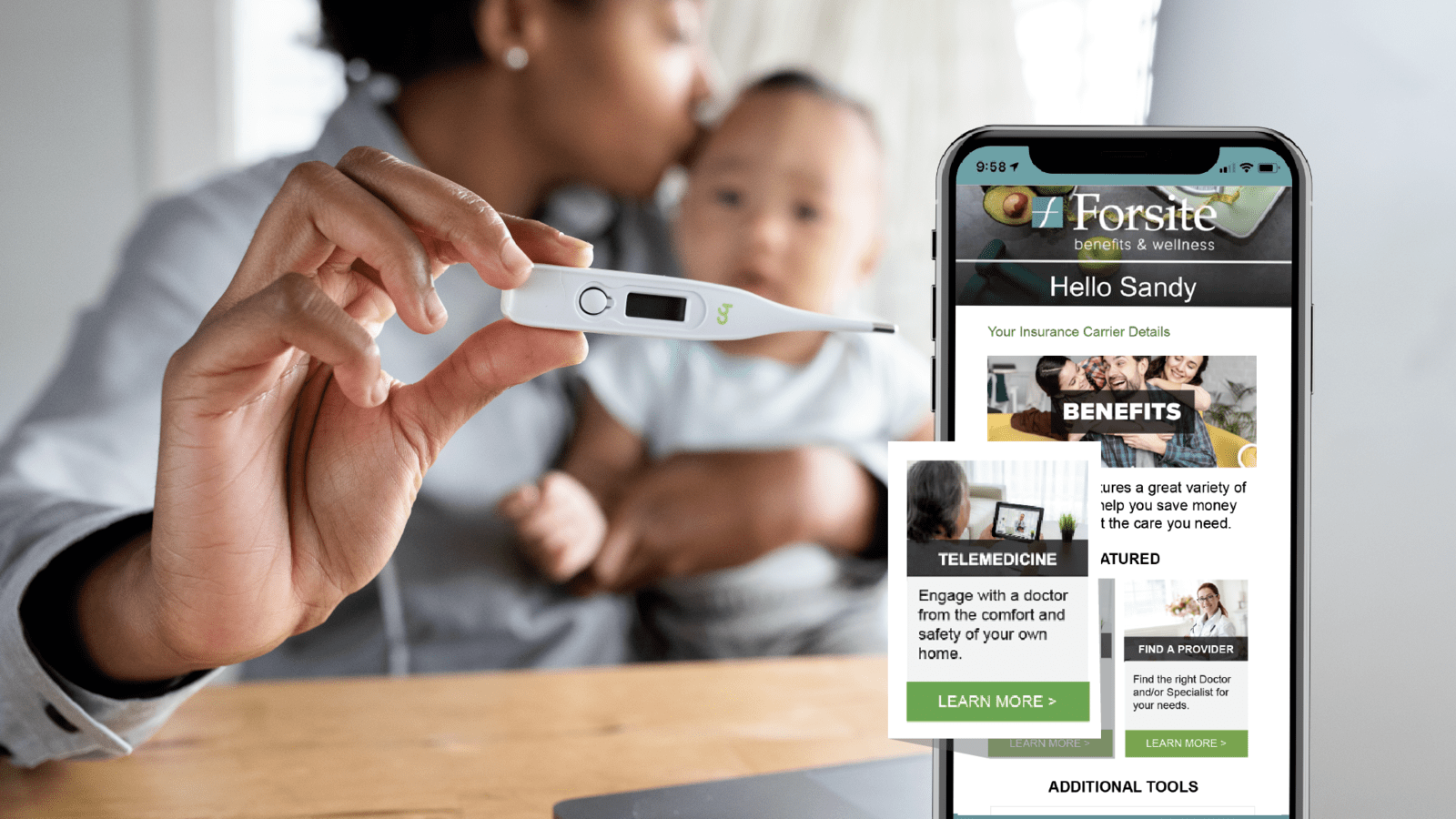
In-Person Inspection of Forms I-9 Due August 30.
Recently, the U.S. Department of Homeland Security (DHS) and the U.S. Immigration and Customs Enforcement (ICE) announced that employers have until Aug. 30, 2023, to complete the physical inspection of identity and employment eligibility documents for any employee whose Employment Eligibility Verification form (Form I-9) was completed virtually according to the temporary flexibilities extended during the COVID-19 pandemic.
Current Guidance
Since March 2020, virtual inspections of identity and employment eligibility documents have been permitted in situations where all employees are working remotely due to COVID-19 or when a new employee is working remotely due to COVID-19 after April 1, 2021. The DHS and ICE announced in October 2022 that the flexibility provisions would end on July 31, 2023; however, employers will now have one additional month to physically inspect identity and employment eligibility documents for employees hired on or after March 20, 2020, and who have received only a virtual or remote examination.
This guidance presumes that the same employer representative who reviewed the documents remotely will also conduct the in-person document review. However, if the employer representative who virtually examined the documents is not the one who performs the physical inspection, the DHS previously advised employers that the representative conducting the physical inspection complete a new Section 2 of the Form I-9 and attach it to the completed remote inspection Form I-9.
Employer Takeaway
Even with the extension, ICE recommends that employers plan ahead for the compliance deadline to avoid mishaps when completing the in-person inspections.
The DHS and ICE recently proposed a permanent rule to allow employers to remotely review Form I-9 identity and employment eligibility documents when hiring, reverifying and rehiring employees. Employers will want to follow the DHS’ rulemaking process closely.

Getting Buy-in on HR Initiatives.
Building and maintaining successful HR initiatives can be challenging without support from the overall organization and leadership. HR professionals need stakeholders to listen, understand, and support their views before any initiative can get off the ground. Getting buy-in does not mean 100% agreement with a plan or initiative; rather, it’s receiving the support of key team members or stakeholders—even if they don’t wholly agree. HR professionals will spearhead a myriad of initiatives for an organization. Here are general strategies HR professionals should consider when they pursue a new idea but face roadblocks within the organization.
Lead with a clear vision.
A well-defined vision demonstrates confidence in the proposed idea. Developing a clear vision involves identifying the problem, providing examples of the proposed solution, leaning on data and metrics to substantiate the solution, and considering potential risks associated with the plan.
Align with business goals.
An initiative is more likely to gain support if aligned with business goals, core values and other companywide efforts.
Leverage metrics and data.
Harness the power of HR data to help prove the need for an initiative and demonstrate ways that others have experienced success. Facts and figures don’t lie, so HR professionals can use data to prove their points.
Calculate the return on investment (ROI).
ROI is often the ultimate measurement tool and the key piece of information stakeholders are interested in. Many organizational leaders understand and relate to ROI, and including this information can help validate the proposed initiative.
Summary
By selecting the appropriate workplace initiatives and striving to get buy-in from leadership, HR initiatives can achieve notable results for the organization. Reach out today for additional resources.

Educate Your Employees on Smart Healthcare Consumerism with Forsite EXP >>
Forsite EXP is the ultimate employee experience & wellbeing platform. This customizable app helps employers reach employees on their smartphone with healthcare education as well as important company updates, and provides benefits support as they navigate unique healthcare needs.

Form 5500 Annual Reporting Requirements
The Form 5500 Series is part of ERISA's overall reporting and disclosure framework, which is intended to assure that employee benefit plans are operated and managed according to certain standards and that participants and beneficiaries, as well as regulators, are provided or have access to sufficient information to protect the rights and benefits of participants and beneficiaries.
Who Must Comply
The Form 5500 requirements vary according to the type of filer. Certain employee benefit plans may be exempt from annual reporting or eligible for limited reporting options. A welfare benefit plan (including a group health plan) that covered fewer than 100 participants as of the beginning of the plan year and is unfunded, fully insured, or a combination of the two, is generally not required to file Form 5500.
When Is It Due
Filing is generally by the last day of the 7th calendar month after the end of the plan year (not to exceed 12 months in length). For January 1st plan years this would mean the filing is due by July 31st. A plan may obtain a one-time extension of time to file (up to 2½ months) by filing Form 5558 with the IRS on or before the date the Form 5500 would otherwise be due, without extension.

2024 HSA Plan Limits Released
The IRS recently released Revenue Procedure 2023-23, which contains the health savings account (HSA) and high deductible health plan (HDHP) limits for 2024. We are notifying employers with active HSA plans of this announcement via email.
The limits from 2023 to 2024 will change as follows:
HSA Contribution Limits
• The self-only maximum HSA annual contribution limit will increase from $3,850 to $4,150
• The family maximum HSA annual contribution limit will increase from $7,750 to $8,300
• There will be no change to the $1,000 HSA catch-up contribution limit
HDHP Limits
• The self-only minimum HDHP annual deductible will increase from $1,500 to $1,600
• The family minimum HDHP annual deductible will increase from $3,000 to $3,200
• The self-only maximum HDHP annual out-of-pocket will increase from $7,500 to $8,050
• The family maximum HDHP annual out-of-pocket will increase from $15,000 to $16,100
Please note that to be enrolled in an HSA-qualified HDHP, the plan must meet the minimum annual deductible and maximum out-of-pocket expense listed above. Additionally, not all plan designs that are compatible with the Affordable Care Act (ACA) are eligible for an HSA.
The content herein is provided for general information purposes only, and does not constitute legal, tax, or other advice or opinions on any matters. This information has been taken from sources which we believe to be reliable, but there is no guarantee as to its accuracy.
Copyright © 2020 HR 360, Inc. All rights reserved.
